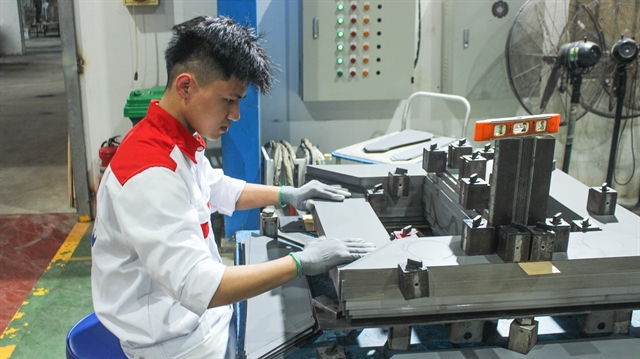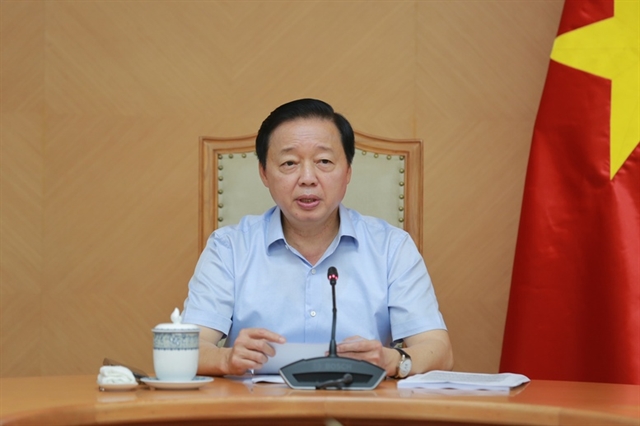 Politics & Law
Politics & Law


|
| Deputy Prime Minister Trần Hồng Hà speaks on Wednesday at a meeting with the Ministry of Construction and the Việt Nam Association of Architects on the development of model social housing designs. Photo baochinhphu.vn |
HÀ NỘI — Deputy Prime Minister Trần Hồng Hà has stressed the importance of designing feasible, standardised models for social housing that not only reflect architectural identity, but also streamline administrative procedures for investors.
At a meeting on Wednesday with the Ministry of Construction and the Việt Nam Association of Architects about the development of social housing design models, Hà said social housing must be integrated into the broader context of urban development and closely aligned with architectural planning and technical standards.
He expressed strong support for the association’s proposal to launch a national design competition for social housing models, but emphasised that the process must go beyond conceptual architecture to include full technical designs. These must be tailored to local geological conditions and meet fire safety, structural and construction standards, while also reflecting cultural identity and regional characteristics.
The Việt Nam Association of Architects noted that, following a Government directive assigning the Ministry of Construction and the association to co-organise the competition, a panel of experts had been established to develop competition guidelines and design briefs.
The primary goal, it said, is to create a standardised framework for the equitable and scalable development of social housing, avoiding fragmented or inconsistent construction. While adhering to a common structure, individual models would incorporate specific regional characteristics in both climate and culture to ensure suitability for local living conditions.
Deputy Minister of Construction Nguyễn Văn Sinh added that current demands require the establishment of officially approved prototype designs. These would accelerate approval processes and support the faster rollout of social housing projects nationwide.
Experts and business representatives at the meeting highlighted the need for the design competition to focus on two distinct components: architectural design, which would set the aesthetic tone and regional character, and technical design, which would standardise layouts across size categories ranging from 25 to 77 square metres.
Proposed technical solutions must be practical and adaptable to varied geological conditions. Experts suggested compiling these into user-friendly design manuals or developing a digital smart model housing database to help local authorities easily reference and implement designs. This approach would also simplify approval and permitting procedures.
Deputy PM Hà said that while model housing designs should be flexible and updated regularly, they must also ensure quality, enable replication on a broader scale and allow room for creativity among architects and developers.
He directed the Ministry of Construction and the Việt Nam Association of Architects to refine the design requirements for model social housing. He also suggested that if a design reaches about 50–60 per cent completion, local approval procedures could be significantly shortened.
For fully standardised models, only technical and fire safety components would need to be finalised, potentially cutting approval times by two-thirds, he noted.
Each model should consider functionality, structural integrity, cost, materials and include social infrastructure like schools, healthcare facilities, playgrounds and community spaces, ensuring alignment between social housing and overall urban architecture, according to the deputy PM.
Hà also proposed that architects organise regional or city-specific competitions to shape local architectural identities. Additionally, he recommended a scientifically grounded competition focused on technical guidance, covering areas like foundation engineering, geology, structural systems and materials.
The aim would be to produce research, data and surveys that simplify assessment and licensing procedures. This should be led by construction and engineering experts, rather than architects alone, he said. — VNS